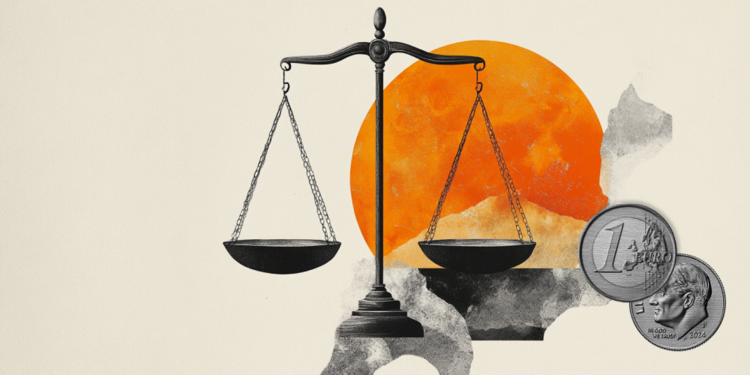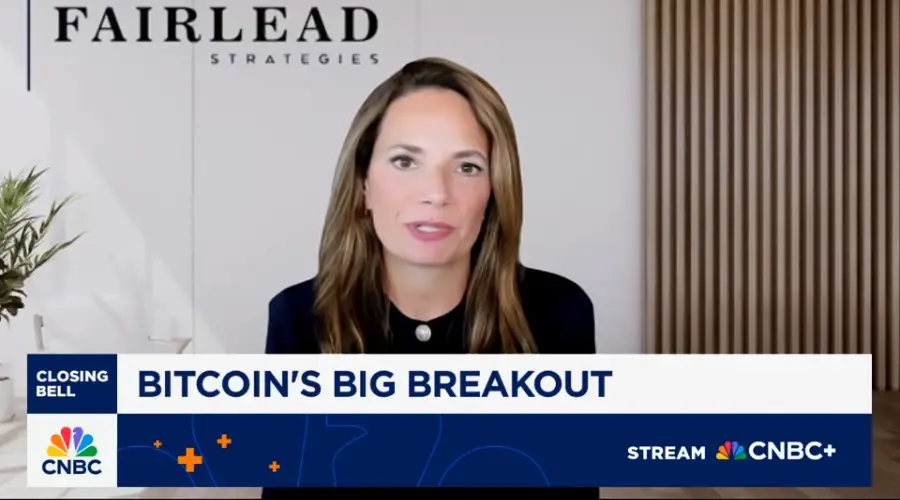- The US Dollar continues to lose ground in light of weak CPI figures and UoM data.
- Markets are still pricing in a rate cut in September.
- Despite elevated PPI data, US Treasury yields are falling, diminishing the attractiveness of the USD.
The US Dollar Index (DXY) remains weak on Friday, trading at April lows. This is largely a response to Thursday’s weak US Consumer Price Index (CPI) figures, combined with softer sentiment data from the University of Michigan (UoM), both supporting the prospect of a Federal Reserve (Fed) rate cut in September.
Even as market confidence in a pending rate cut is growing, Fed officials have maintained a cautious approach, emphasizing their reliance on rigorous analysis of the data before initiating such substantial changes.
Daily Market Wrap: DXY weakens despite rising PPI
- The U.S. Producer Price Index (PPI) for final demand rose to 2.6% year-on-year in June, up from 2.2% the previous month, the U.S. Bureau of Labor Statistics (BLS) said on Friday. This reading was above market expectations of 2.3%.
- The annual core PPI rose 3% over the same period, beating both the previous month’s increase and the market’s anticipated 2.3% rise.
- On a monthly basis, the PPI and core PPI increased by 0.2% and 0.4%, respectively.
- Despite the positive PPI data, soft CPI numbers and softer UoM sentiment data (reported at 66.0 vs. forecast of 68.5 and prior value of 68.2) continue to strengthen the case for a rate cut in September.
- The CME FedWatch tool now shows an 86% probability of a 25 basis point cut in September, with some investors betting on a 50 basis point cut.
DXY Technical Outlook: Bearish sentiment worsens as DXY breaks 200-day SMA
The DXY Index’s breakout of its 200-day simple moving average (SMA) has intensified the negative outlook for the USD, with indicators such as the RSI and MACD still on a negative trajectory.
The index is now trading at its lowest level since April, amplifying the bearish sentiment. But after losing more than 0.80% in just two sessions, a slight upward correction may be possible. However, the overall technical outlook remains bearish.
The U.S. dollar
The United States Dollar (USD) is the official currency of the United States of America, and the de facto currency of a significant number of other countries where it is in circulation alongside local banknotes. As of 2022, it is the most traded currency in the world, accounting for over 88% of all global foreign exchange transactions, equivalent to an average of $6.6 trillion in daily transactions. Following World War II, the USD took over from the British Pound as the world’s reserve currency.
The single most important factor influencing the value of the US dollar is monetary policy, which is determined by the Federal Reserve (Fed). The Fed has two mandates: to achieve price stability (control inflation) and to promote full employment. Its main tool for achieving these two goals is to adjust interest rates. When prices rise too quickly and inflation exceeds the Fed’s 2% target, the Fed raises rates, which helps the dollar. When inflation falls below 2% or the unemployment rate is too high, the Fed can lower interest rates, which weighs on the dollar.
In extreme situations, the Federal Reserve can also print more dollars and enact quantitative easing (QE). QE is the process by which the Fed substantially increases the flow of credit in a jammed financial system. It is an unconventional policy measure used when credit has dried up because banks are not lending to each other (for fear of counterparty default). It is a last resort when simply lowering interest rates is unlikely to achieve the necessary result. It was the Fed’s weapon of choice to combat the credit crunch that occurred during the Great Financial Crisis of 2008. It involves the Fed printing more dollars and using them to buy US government bonds, primarily from financial institutions. QE typically leads to a weakening of the US dollar.
Quantitative tightening (QT) is the reverse process whereby the Federal Reserve stops buying bonds from financial institutions and does not reinvest the principal of maturing securities in new purchases. It is generally positive for the US dollar.
Source: Fx Street
I am Joshua Winder, a senior-level journalist and editor at World Stock Market. I specialize in covering news related to the stock market and economic trends. With more than 8 years of experience in this field, I have become an expert in financial reporting.







